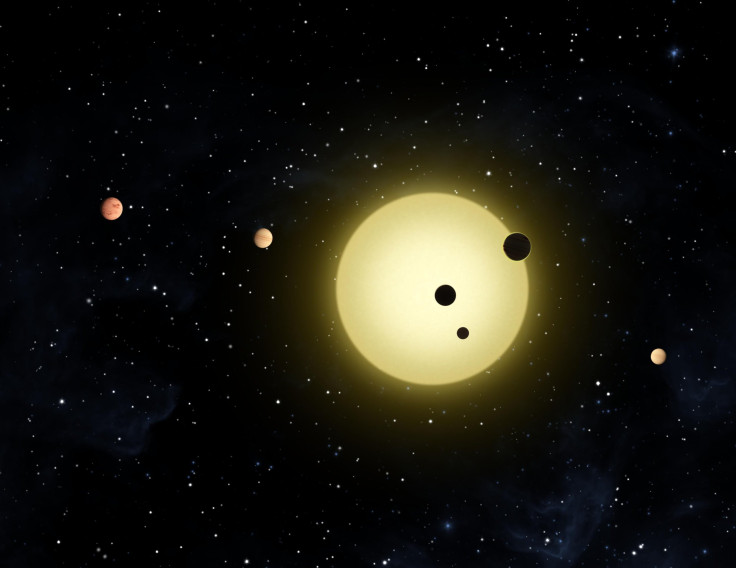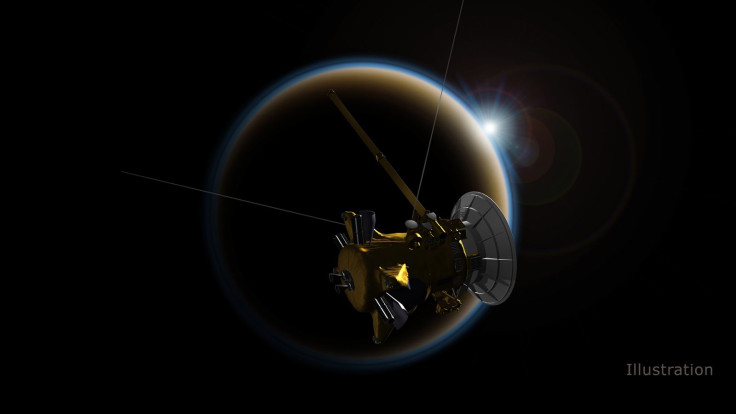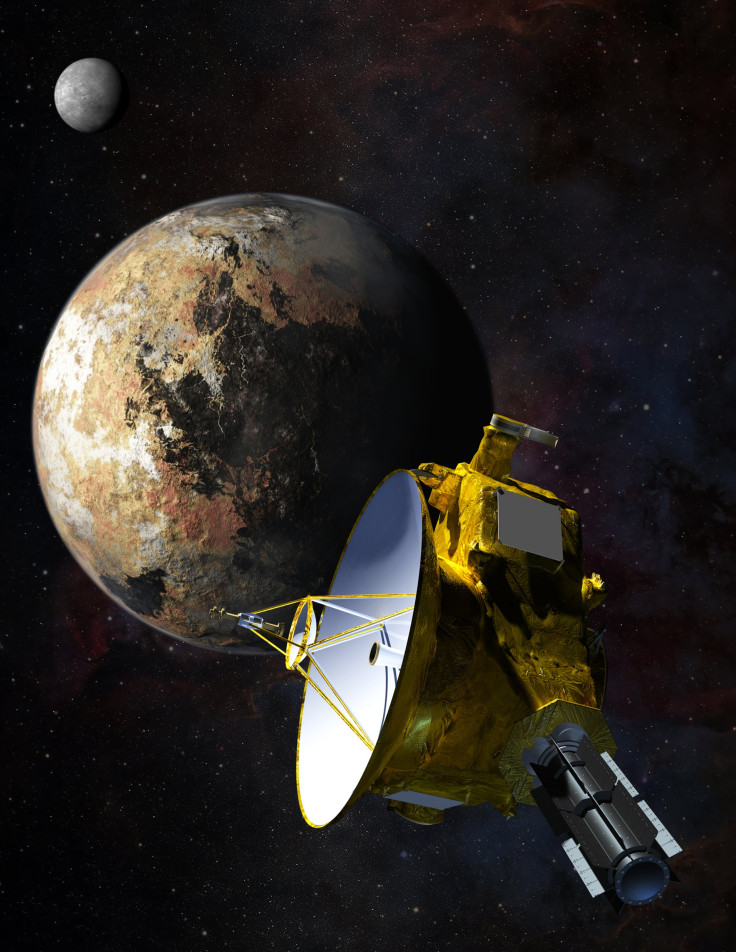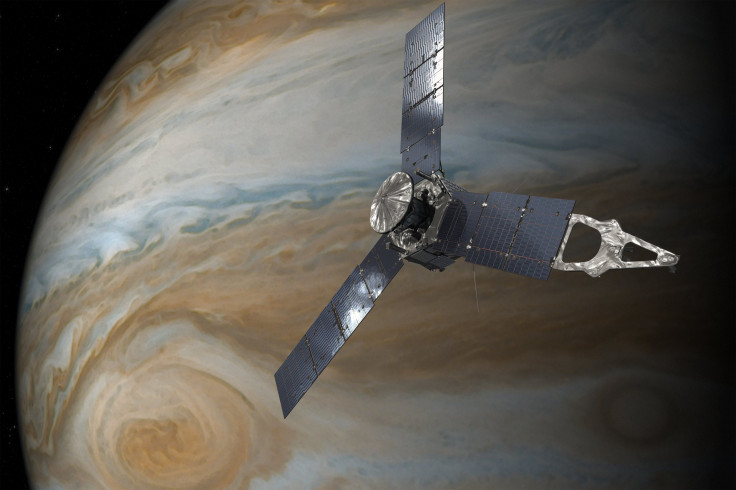Cassini And Friends: Where Are Our Nine Outer Solar System Probes Now?

After two decades of space exploration, Cassini is preparing to make the final descent into Saturn’s atmosphere on Sept. 15. The spacecraft will make one final flyby of Saturn’s moon Titan on Wednesday before the death plunge.
The stunning images of Saturn’s rings that have been sent back by Cassini will always be a testament to the brave plunges the little explorer took into the untouched parts of the cosmos leading up to the final plunge.
The outer solar system comprises of the region of space around Jupiter, Saturn, Uranus, Neptune, and Pluto. Over time, quite a few scouts have been sent into these dark corners. The celestial bodies related to us through a common sun remained a mystery until NASA sent nine probes to explore the unexplored.
Human curiosity and some nuclear energy fuelled these missions past the asteroid belt into the far reaches of the planetary system. The nine spacecrafts, including Cassini, have sent back a wealth of information which has led to new findings and discoveries about the galaxy we live in. Here is a look at our nine farthest scouts in the solar system and beyond:
Pioneer 10: This was the first spacecraft to travel beyond the asteroid belt. Launched on March 2, 1972, it was the first to study and collect data about Jupiter. Pioneer 10 is now over 8 billion miles away.
The guidelines set by the Pioneer 10 paved way for Ulysses probe to break out of the ecliptic, Galileo to investigate Jupiter and for Cassini to go to Saturn and probe Titan, according to NASA. The measurements of radiation of the environment around Jupiter were instrumental in designing the spacecrafts — Voyager and Galileo.
We last established contact with the Pioneer on Jan. 23, 2003.It was last documented coasting towards a constellation named Taurus and the red star Aldebaran which is located 65 light years away from the sun. It is now estimated to be 16 billion kilometers away from Earth.
Pioneer 11: Follow-up to the historic Pioneer 10, it was the first spacecraft to fly past Saturn and photograph the polar regions of Jupiter. Among Pioneer 11's many discoveries was a narrow ring, outside the A ring, named the "F" ring, and a new satellite 200 kilometers in diameter said a mission docket by NASA.
We last established contact with Pioneer 11 on Sept. 20, 1995. It is now estimated to be near the constellation Scutum about 14 billion kilometers from Earth.
Voyager 2: The spacecraft launched in 1977 remains the only man-made body that has explored the ice giants of our solar system. Neptune and Uranus were just a distant vision, an idea until the Voyager 2 zoomed into its icy unknown and sent back precious data that is valued till date.
Voyager 2 has the distinction of being the only spacecraft to study all four of the solar system's giant planets up close. The spacecraft has now cantered off into a new role where it studies the point in space where the influence of our yellow sun ends, and the solar wind and the sun's magnetic field interact with the neighboring interstellar wind — the heliosheath.
Its primary radio receiver stopped working in 1978, but 40 years on, it is still sending back data from places where no other object ventured. The Voyager is currently transmitting from a point that is 17 billion kilometers from Earth, heading towards the constellation Telescopium.
Voyager 1: This was just a faster Voyager 2. Launched after Voyager 2, it was named in the order the two spacecrafts would reach Jupiter. Its faster trajectory to Jupiter and Saturn ensured it sailed 6500 kilometers over Titan, confirming early Pioneer 11 findings of the moon having a thick gaseous atmosphere.

According to NASA, the story of the two Voyagers still serves as a blueprint for the scientists and engineers, 40 years on. Each spacecraft carries a Golden Record — a collection of sounds, messages, and pictures from Earth. The spacecrafts are set to hurtle through space for billions of years. Making them a flying journal of humanity is the best final mission for the most enduring spacecrafts created by man. Voyager 1 is the furthest spacecraft from Earth at almost 21 billion kilometers.
Ulysses: Ulysses probe was designed to survey the sun. The long gravitational slingshot it took around Jupiter had placed it in this elite list. It was decommissioned in June 2009.
Cassini: With Cassini nearing the end of its spectacular journey, it succeeded in the mission of putting a probe on Saturn’s moon Titan. Cassini will make its final plunge into Saturn and burn up as it enters the atmosphere on Sept. 15, 2017, according to NASA.

New Horizon: This spacecraft is currently on course to a rendezvous with the space rock (486958) 2014 MU69 in the Kuiper belt, where it will reach on Jan. 1, 2019. It was initially created to study Pluto until it was given the status of ‘Dwarf Planet.’

Juno: Running completely on solar panels, the liberal spacecraft is now positioned in a polar orbit around Jupiter. The data it has collected orbiting the planet has already helped squash previously held notions about the atmosphere there. It is currently 0.95 billion years from Earth.

© Copyright IBTimes 2025. All rights reserved.



















